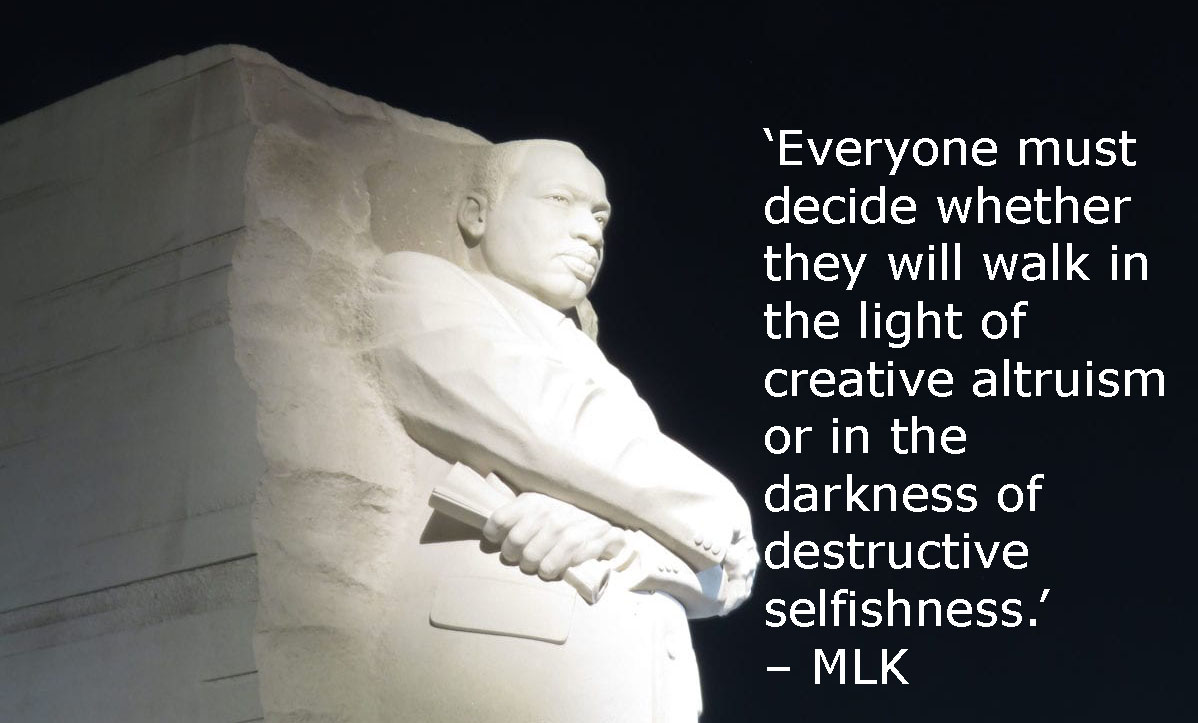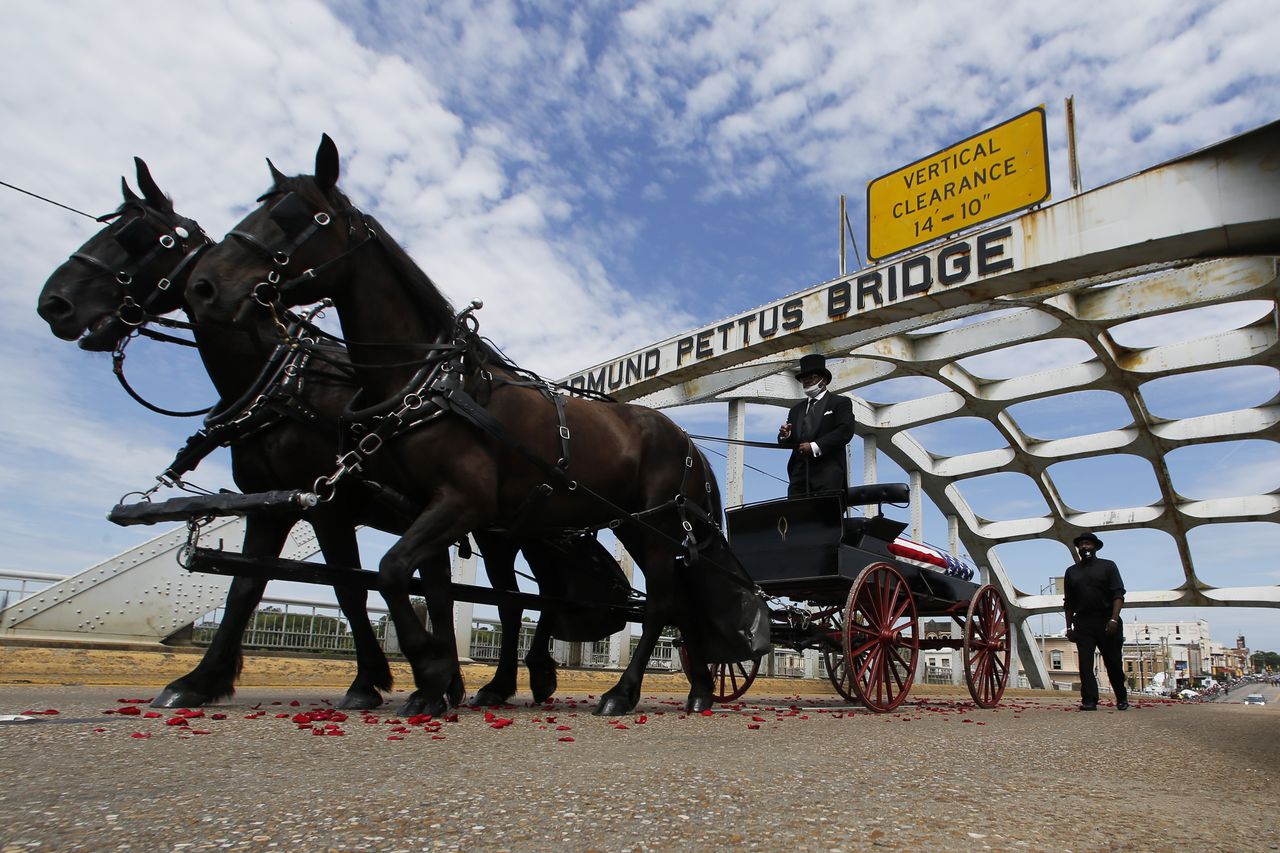The Big Picture –
By Glynn Wilson –
It was 56 years ago today (Sunday) that John Lewis led civil rights marchers north across the Edmund Pettus Bridge in Selma to face Alabama State Troopers and Dallas County sheriffs deputies on the other side with billy clubs, cattle prods and tear gas. By putting their bodies on the line and risking their lives in a non-violent protest and march, they changed the country and made history.
The only knowledge I had of this violent, historic event at the time came across the airwaves on CBS News. I was only 8-years-old. I don’t think my home town newspaper, The Birmingham News, even covered it. Although as a free-lance photographer, Spider Martin, who would later become one of my best friends, was there photographing it, selling rolls of film to Time magazine.
Roy Reed of The New York Times was there. He wrote about it on the first anniversary, which you can still see in The Times‘ amazing online archives.
New York Times story March 5, 1966
Hank and Rose Sanders of Selma have continued leading a celebration of this anniversary every year since.
Due to the coronavirus pandemic, this year’s commemoration of the pivotal moment in the fight for voting rights for African Americans honors four giants of the civil rights movement who lost their lives in 2020, including the late U.S. Rep. John Lewis of Atlanta, Georgia. The Rev. Joseph Lowery, C.T. Vivian, attorney Bruce Boynton and Lewis will be honored during the 56th annual commemoration of Bloody Sunday, the day in 1965 that civil rights marchers were brutally beaten after they crossed the bridge in Selma on their way to Montgomery.
They finally made a successful march to Montgomery starting on March 21, after President Lyndon Johnson signed the Voting Rights Act of 1965 and nationalized 1,900 members of the Alabama National Guard and sent FBI agents and federal marshals to protect the marchers.
Living in far flung places far from Alabama over the years, I’ve only managed to make it to cover the event once, in 2012, mainly because I was back in Birmingham caring for my elderly mother at the time and had labor union sponsors for The Locust Fork News-Journal, an independent online publication I started in 2005 after my final assignment for The New York Times.
When I say I covered it, I don’t mean I showed up for a few minutes and snapped a few pictures and wrote one little wire story about it. I camped out in the Gunter Hill Campground on the river between Montgomery and Selma and photographed and shot video footage of nearly all of it, including the bridge crossing, when marchers arrived at the historic old Capitol in Montgomery, and every stop along the way, including all the night programs.
The Rev. Al Sharpton was the headlining star that year, and delivered the keynote address from those same Capitol steps where Jefferson Davis led the Confederacy and George Wallace announced his dream of “segregation now, segregation tomorrow, segregation forever,’ in his fiery 1963 inauguration speech in his first term as governor.
I created a YouTube video at the time showing many of the photographs from the commemoration that year.
We would not have had the budget to do this without annual, advertising sponsorship by the Alabama AFL-CIO at the time, along with UA 91, the oldest union in Birmingham.
Unfortunately most of the unions in Alabama after that elected conservative, Republican leaders, and most rank and file union members in the state went on to vote for Donald Trump for president.
That’s really sad and too bad, because they could have played an important role in leading an important coalition to change the politics in Alabama away from one party rule. The Republicans control all three branches of government in Alabama now, and the unions are part of the problem, not the solution.
The press in Alabama is also part of the problem. We were trying to build an alternative. But without the necessary local financial support, I had no choice but to go national in 2014 and move back to Washington, D.C.
Check out this coverage and imagine how things could have turned out differently. I even conducted a video interview with the AFL-CIO’S William Lucy.
The main reason unions sponsored our coverage at the time was because newspaper publishers, especially in the South, had a long history of hating and discriminating against unions and I sold them on the idea of putting some of their political money into funding press.
If they were of a mind, we could still make progress and make a difference by doing this. Non-profit groups could also play a key role in helping us to build an independent, alternative press in this country — instead of begging for money on social media to pay their own salaries and begging for meager, half-assed coverage by the traditional media.
Our advertising rates are very reasonable compared to TV news, newspapers, magazines, Google and Facebook. Look into it here.















